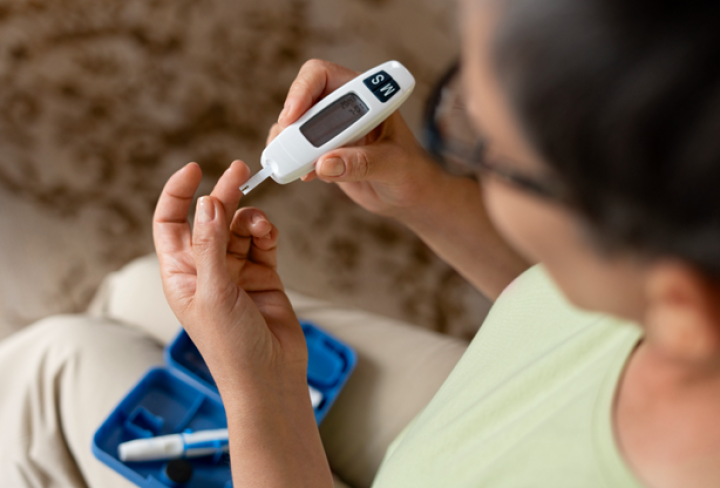Type 2 diabetes is a common condition where your body has trouble processing blood sugar (glucose). Unlike Type 1 diabetes, where the body can’t produce insulin, Type 2 diabetes happens when your body doesn’t use insulin properly or doesn’t make enough of it.
What is Type 2 Diabetes?
Type 2 diabetes is when your body either becomes resistant to insulin or doesn’t produce enough of it. Insulin is a hormone that helps move sugar from your blood into your cells, where it’s used for energy. If insulin isn’t working well, sugar builds up in your blood, leading to health problems.
Causes and Risk Factors
Several things can increase your risk of developing Type 2 diabetes:
- Family History: If diabetes runs in your family, you’re more likely to get it.
- Being Overweight: Extra weight, especially around your belly, can make your body resistant to insulin.
- Lack of Exercise: Not being active can lead to weight gain and insulin problems.
- Unhealthy Diet: Eating sugary or fatty foods can raise your risk.
- Age: Risk increases with age, especially after 45.
- Ethnicity: Some groups, like African Americans and Hispanics, are at higher risk.
- Gestational Diabetes: If you had diabetes during pregnancy, you’re at higher risk later.
Symptoms
Type 2 diabetes develops slowly, and you might not notice symptoms immediately. Common signs include:
- Increased Thirst and Urination: High blood sugar makes you thirsty, leading to frequent bathroom trips.
- Tiredness: You might feel exhausted.
- Blurred Vision: High sugar levels can affect your eyesight.
- Slow Healing Wounds: Cuts and sores might take longer to heal.
- Weight Changes: You could lose or gain weight without an apparent reason.
Diagnosis
To find out if you have Type 2 diabetes, doctors use tests like:
- Fasting Blood Sugar Test: Measures blood sugar after you haven’t eaten overnight.
- Oral Glucose Tolerance Test (OGTT): Tests your blood sugar before and after a sugary drink.
- Hemoglobin A1c Test: This shows your average blood sugar over the past 2-3 months.
Managing Type 2 Diabetes
Managing Type 2 diabetes involves making lifestyle changes and possibly taking medication:
- Eat Healthy: Focus on a balanced diet with fruits, vegetables, whole grains, and lean proteins. Avoid too much sugar and processed food.
- Stay Active: Aim for at least 150 minutes of exercise a week, like walking or cycling.
- Maintain a Healthy Weight: Losing excess weight can help manage blood sugar.
- Take Medications: If needed, your doctor might prescribe medications to help control blood sugar levels.
- Monitor Blood Sugar: Regular checks can help keep your levels in check.
Complications
If not managed well, Type 2 diabetes can lead to severe problems:
- Heart Disease: Higher risk of heart attack and stroke.
- Nerve Damage: This can cause pain or numbness in your feet and hands.
- Kidney Problems: This may lead to kidney failure.
- Eye Issues: Can cause vision problems or blindness.
Prevention:
You can lower your risk of Type 2 diabetes by:
- Keeping a Healthy Weight: Balance your diet and exercise regularly.
- Eating Well: Choose healthy foods and limit sugary and fatty ones.
- Being Active: Exercise regularly to keep your body in good shape.
- Regular Check-ups: Get your blood sugar levels checked regularly.
Type 2 diabetes is manageable with the right approach. By understanding it, recognizing its symptoms, and making healthy lifestyle choices, you can control your blood sugar levels and prevent serious complications. If you’re concerned about diabetes or need advice, talk to your doctor for a personalized plan. Taking care of your health can lead to a better quality of life and keep Type 2 diabetes in check.



